Classic station wagons offered comfort, cargo space, and a backseat view that kids still talk about long before SUVs took over. These wagons were the definition of family freedom. We’ve listed 15 unforgettable models that defined an era when the journey was just as fun as the destination.
Oldsmobile Vista Cruiser
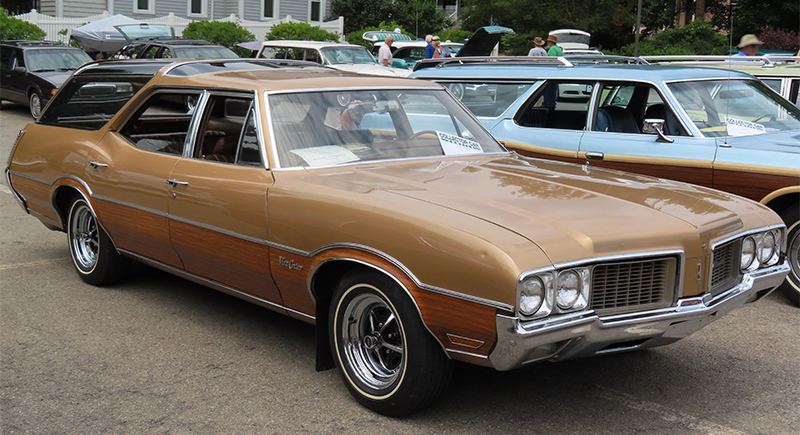
Skylights in the roof and rear-facing third-row seats made the Vista Cruiser feel more like a sightseeing train than a car. It was made famous again in That ’70s Show. Of course, the Rocket V8 and the glass roof panels helped too.
Ford LTD Country Squire

You didn’t grow up in suburban America without seeing at least one Country Squire. It spanned eight generations and became a fixture in driveways and holiday traffic. The famous “wood” paneling was often fake, but the memories were real. It even had a “Magic Doorgate” that opened two ways.
Buick Roadmaster Estate Wagon
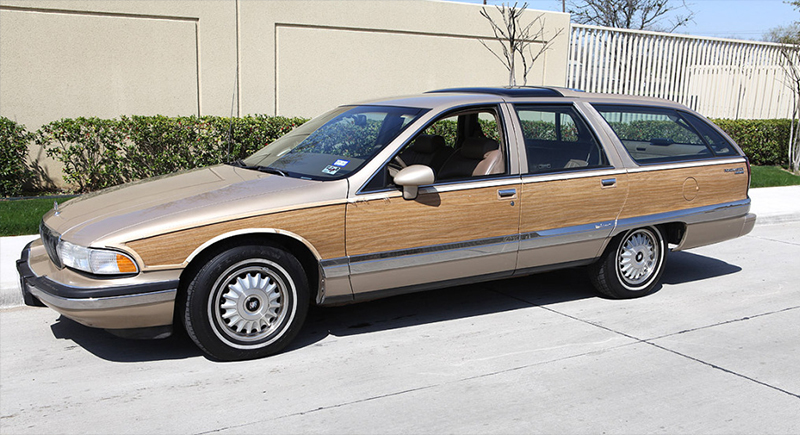
This was the kind of wagon you drove when you wanted luxury and muscle in one enormous package. The Roadmaster Estate had the heart of a Corvette-derived V8 engine and the body of a small yacht. It seated eight, towed boats, and came decked out with woodgrain panels and dual sunroofs.
Chevrolet Nomad
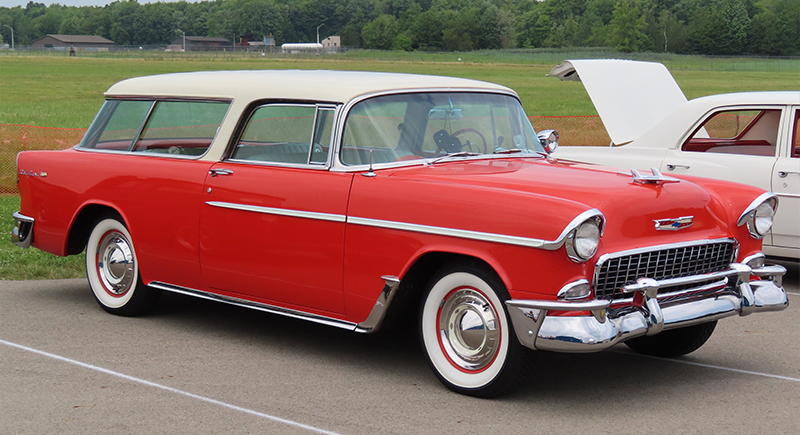
The ’50s Nomad is one of the most collectible wagons ever made. Chevrolet made it into a style icon by combining sporty lines with family functionality. Later versions lost their luster, but early models remain popular at car shows for their sleek design.
AMC Eagle
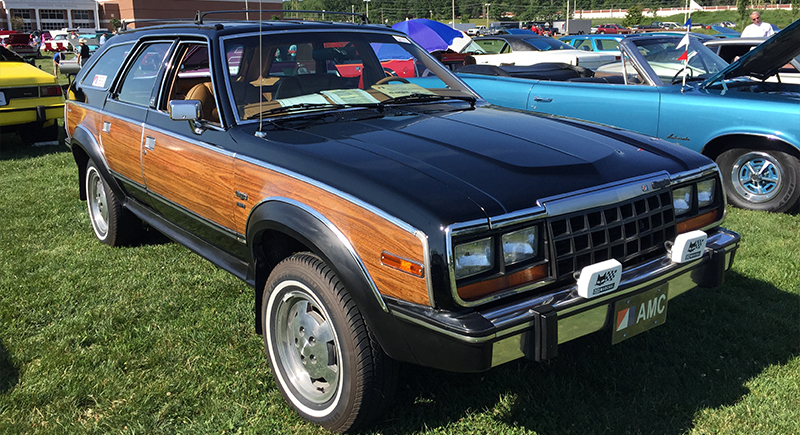
The Eagle was ahead of its time. It foreshadowed today’s crossovers before anyone used the word. Though discontinued in 1988, it laid the groundwork for Subaru’s later success with similar wagon-style vehicles built for all terrains.
Mercury Colony Park
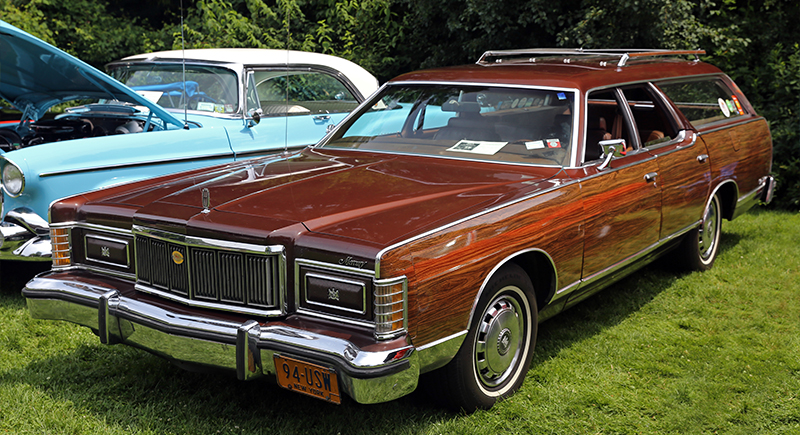
Mercury Colony Park was a luxury take on the Ford Country Squire, but offered hidden headlights and fully vented interiors. As safety laws advanced, Mercury loaded it with features like airbags and seatbelt systems. The woodgrain exterior became its signature look.
Volvo 240 Wagon
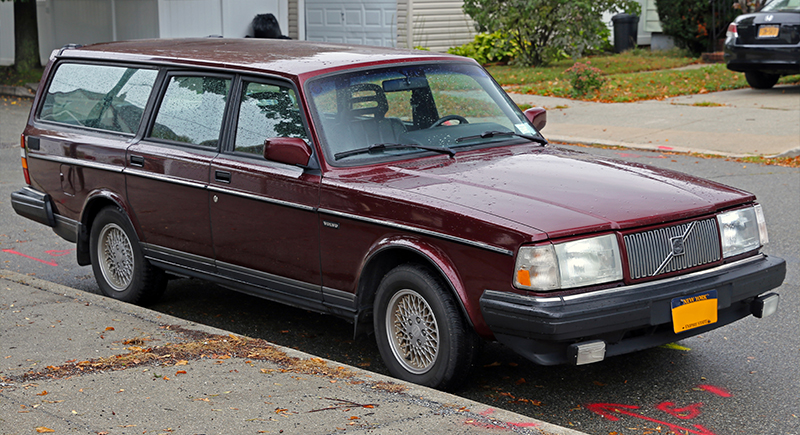
The Volvo 240 became a cult favorite thanks to its legendary safety. Crumple zones, three-point seatbelts, and optional ABS helped make it a go-to for cautious parents. Its cubic shape still sparks nostalgia among those who learned to drive in one.
Chevrolet Chevelle Malibu Classic Estate Wagon
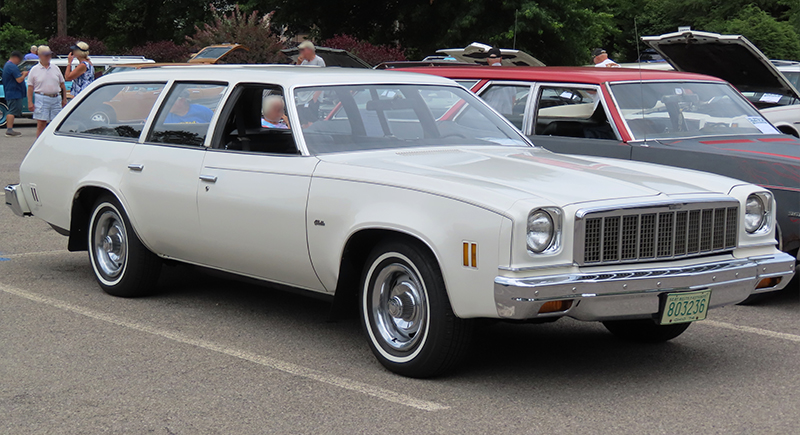
The Chevelle Malibu Estate combined muscle with utility. It had a 7.4-liter V8 under the hood, which made it less about hauling groceries and more about overtaking Mustangs. In the ’70s, GM gave the Malibu trim the best upholstery, trim, and features, even if it drank gas like a camel.
Mercedes-Benz 300TD
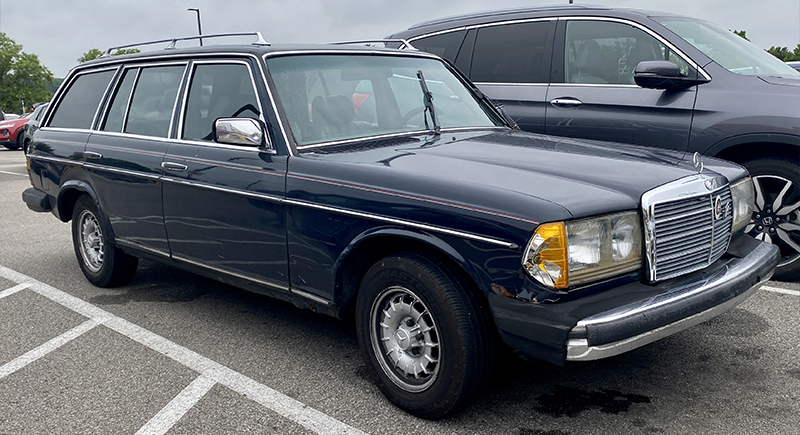
Understated but never dull, the 300TD brought diesel efficiency to the luxury wagon market. This was the first Mercedes wagon sold in the U.S., and it quickly became a favorite among wealthy minimalists due to features like anti-lock brakes, rear-facing seats, and bulletproof Benz engineering that still earns respect decades later.
Packard Station Sedan
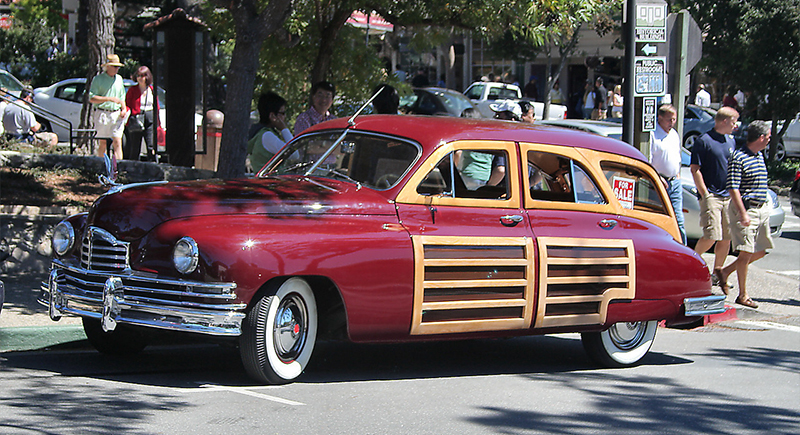
Unlike most woodies of the era, the Packard Station Sedan hid steel beneath its wooden body, which made it easier to restore. It seated up to eight passengers without losing elegance. The combination of chrome, wood, and leather gave it a first-class feel.
Toyota Camry Wagon
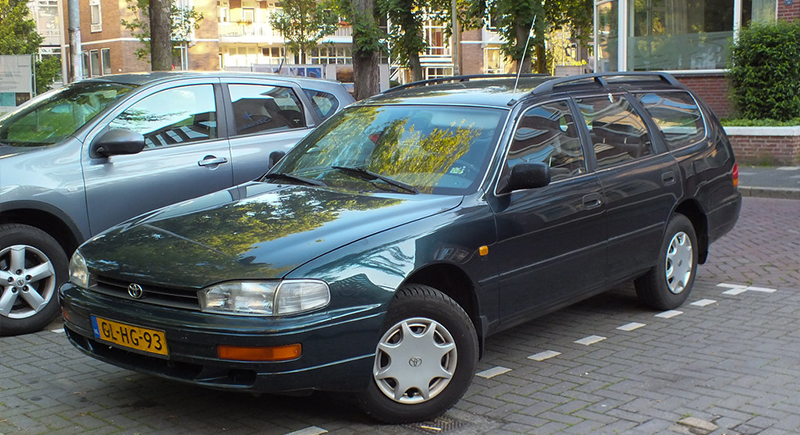
It may not have had woodgrain panels or a muscle engine, but the mid-’90s Camry wagon delivered something better: reliability. It came with a 3.0-liter V6 that was super practical. It became a starter car for many young families.
Dodge Aspen Wagon
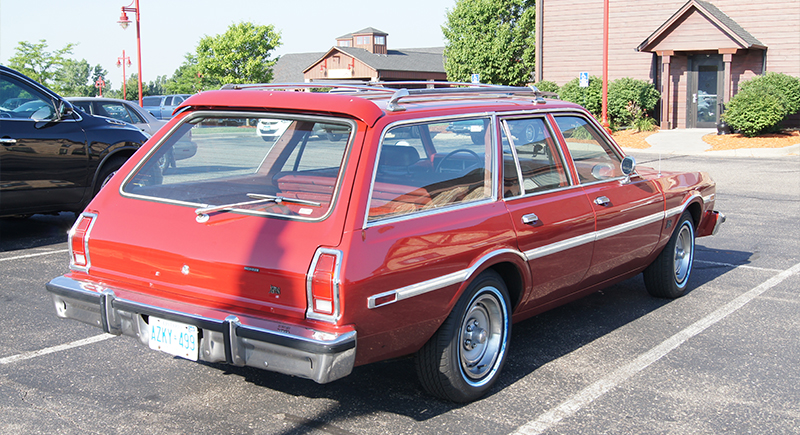
While it didn’t dominate headlines, the Aspen served families who wanted something practical but still had some pep. It had engine options up to a 360ci V8, and could move when needed. The simpler size also made it perfect for city dwellers with kids in town.
Subaru Outback
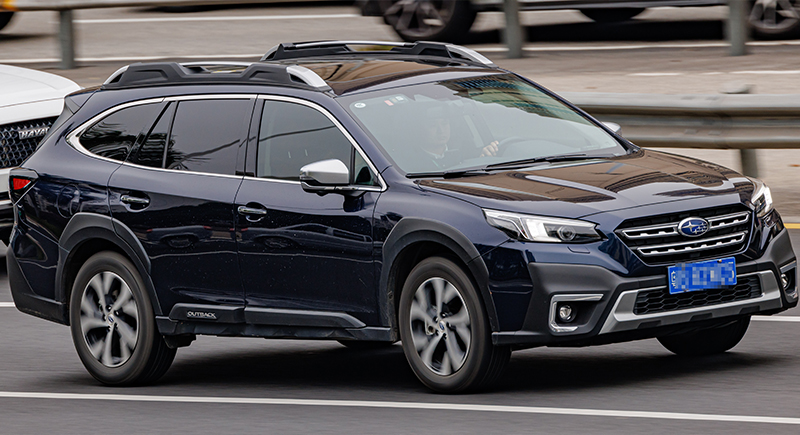
Technically, it is still in production, but its roots trace back to the ’90s when Subaru said, “What if a wagon had hiking boots?” The Outback raised the ride height, added all-wheel drive, and aimed straight at outdoorsy types. It’s still a favorite for skiers and campers.
Studebaker Wagonaire
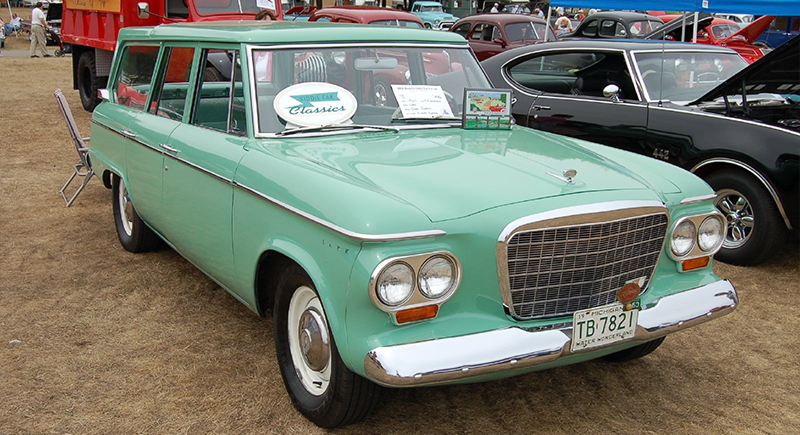
The Wagonaire gets remembered for one clever feature: a sliding roof over the cargo area. Need to haul tall furniture? Just slide it open. It was Studebaker’s creative response to being a small player in a big field. Though not a long-term hit, it symbolized practical innovation during Detroit’s design-heavy era.
Chevrolet Caprice Wagon
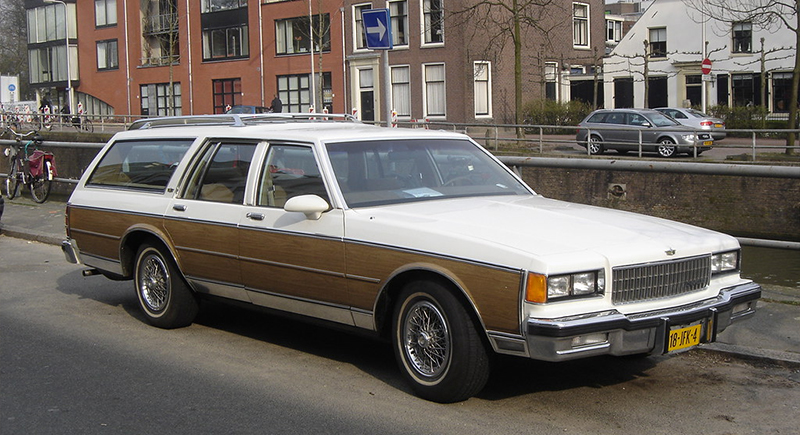
By the ’90s, the Caprice Wagon looked more like a muscle car in disguise. Its optional 5.7-liter V8s and performance parts shared with the Impala SS meant that these wagons were secretly fast. On the outside, they were still full of family bench seats, but on the highway, they cruised like kings.